In the late 19th and early 20th centuries, Coney Island was a hub of entertainment, drawing crowds with its thrilling amusements and exotic attractions. One of the most talked-about spectacles was ‘The Streets of Cairo’, a sideshow that brought a vision of the Middle East to the shores of Brooklyn.
Built along Surf Avenue, ‘The Streets of Cairo’ was inspired by the Algerian Village exhibit at the 1893 World’s Columbian Exposition in Chicago. The success of that attraction led to a surge in interest in “Oriental” themes, and Coney Island capitalized on the fascination. The show promised visitors an immersive experience—market stalls, costumed performers, snake charmers, and the famous belly dancers.
The most enduring piece of ‘The Streets of Cairo’ was its music. The song associated with the exhibit, commonly referred to as ‘The Streets of Cairo’, became instantly recognizable. It featured a distinct melody that is still linked to belly dancing and Arabian fantasies today. While many people have heard the tune, few know its origins are tied to this Coney Island attraction.
Read more
The show itself was a mix of staged performances and carefully designed sets meant to transport visitors to another world. Visitors walked through recreated bazaars, watched entertainers perform traditional dances, and marveled at fire-eaters and sword-swallowers. Everything was designed to feel mysterious and exotic to American audiences.
Like many attractions of the era, ‘The Streets of Cairo’ played on stereotypes and exaggerated depictions of foreign cultures. It blended fact and fantasy, presenting an idealized version of Middle Eastern life that had little to do with reality. However, at the time, these attractions were seen as thrilling and educational. For many New Yorkers, this was their first exposure to anything outside of their own culture.



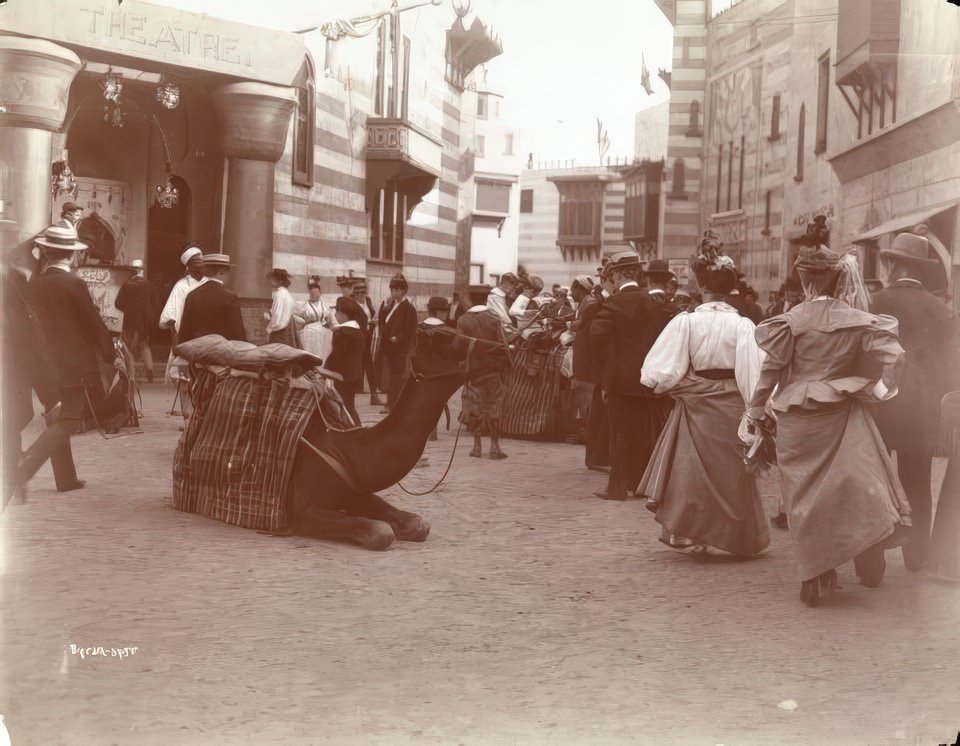
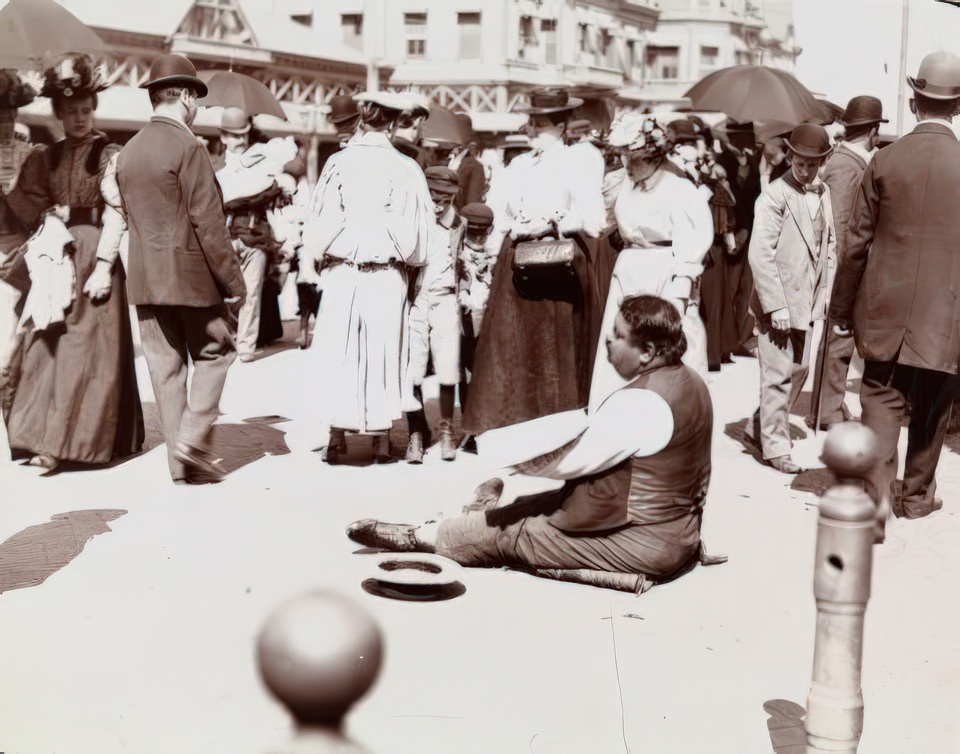
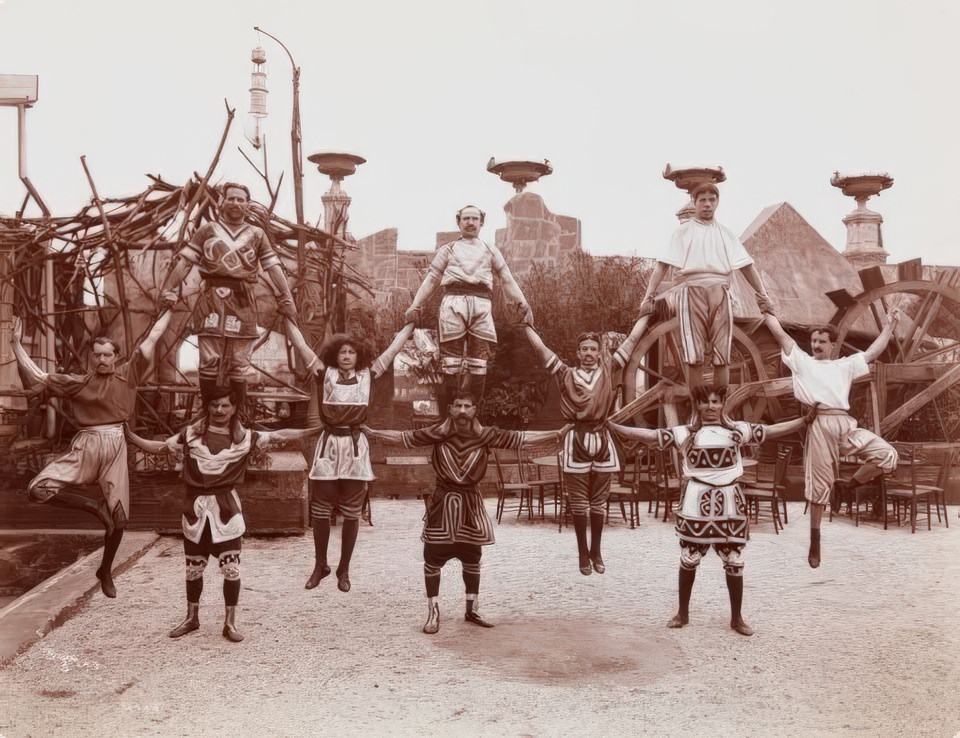

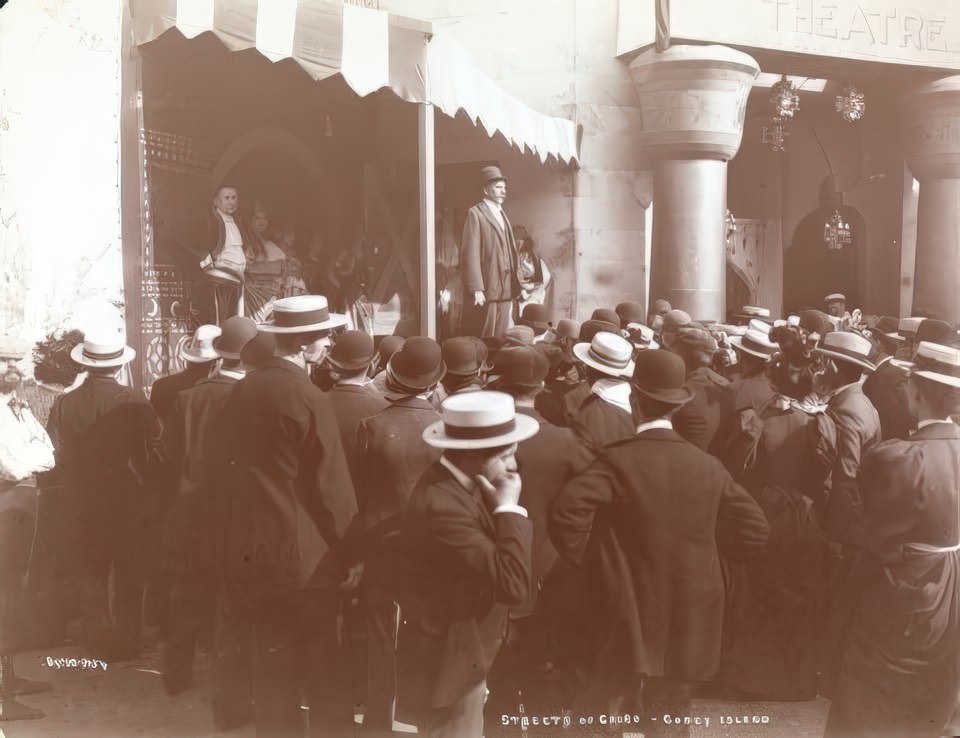
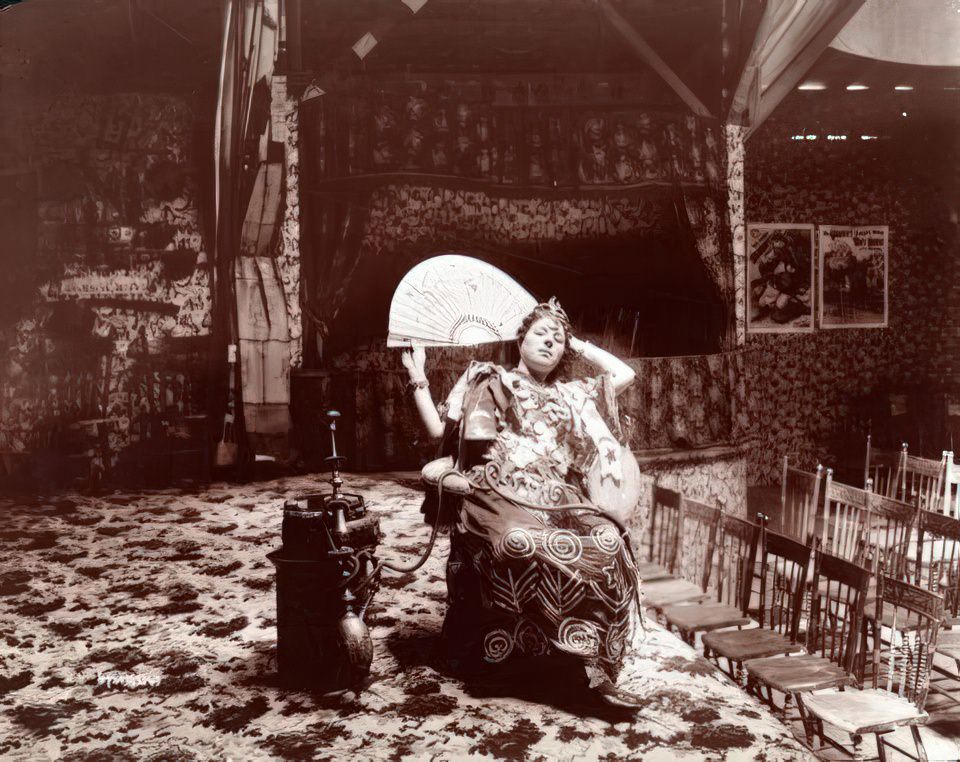
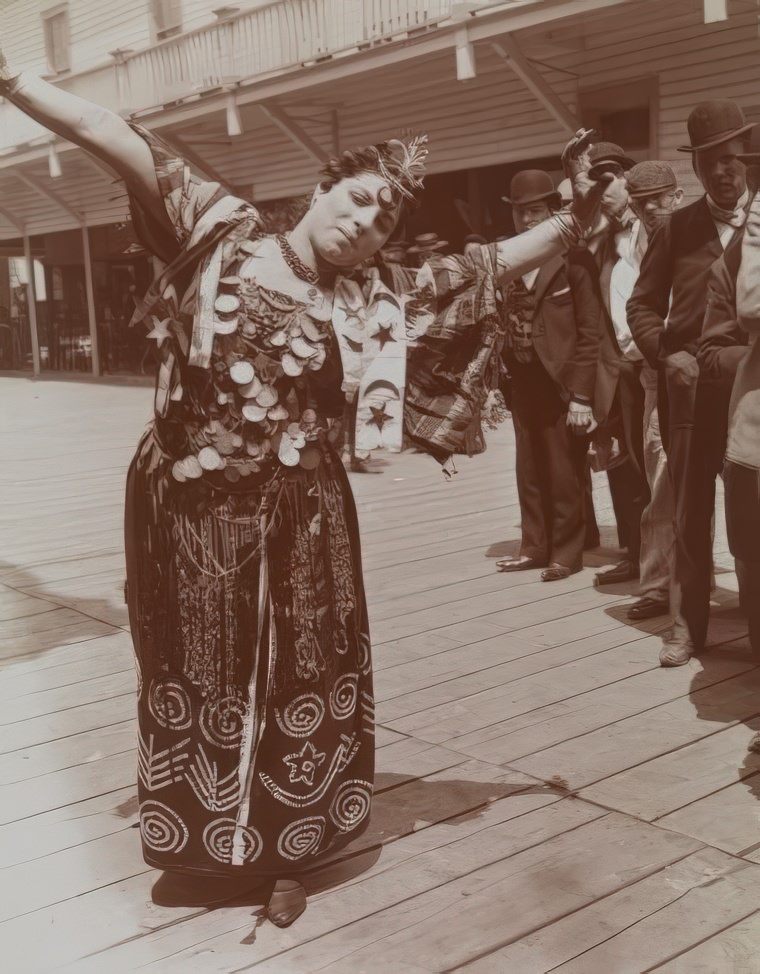
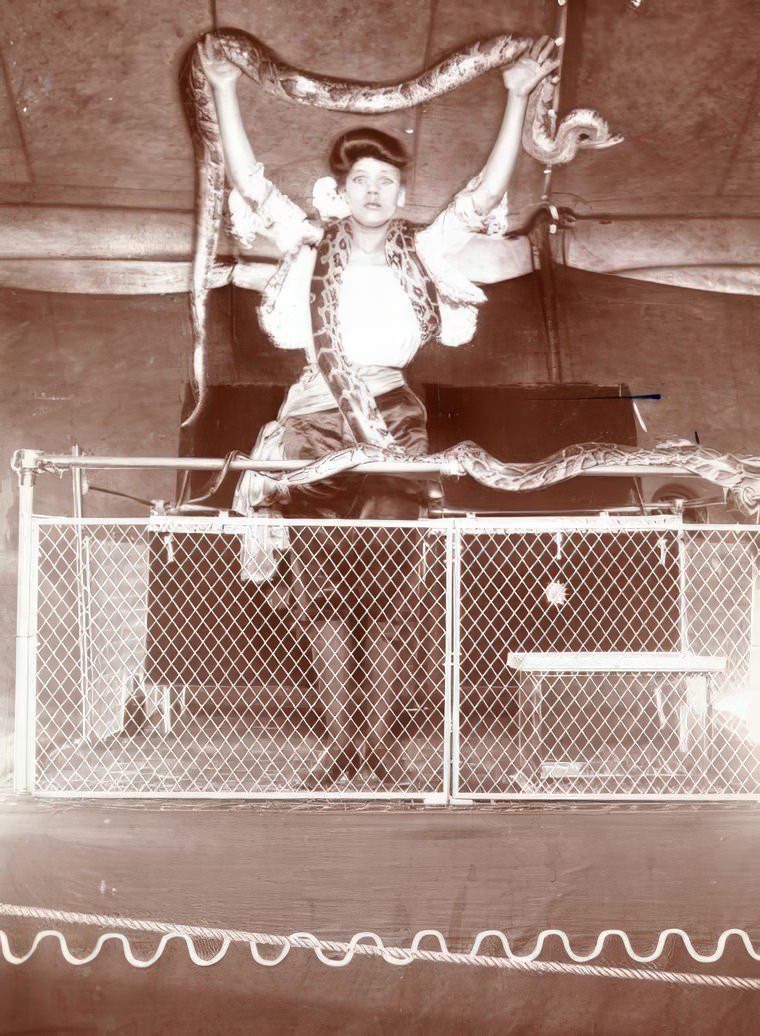

GIPHY App Key not set. Please check settings